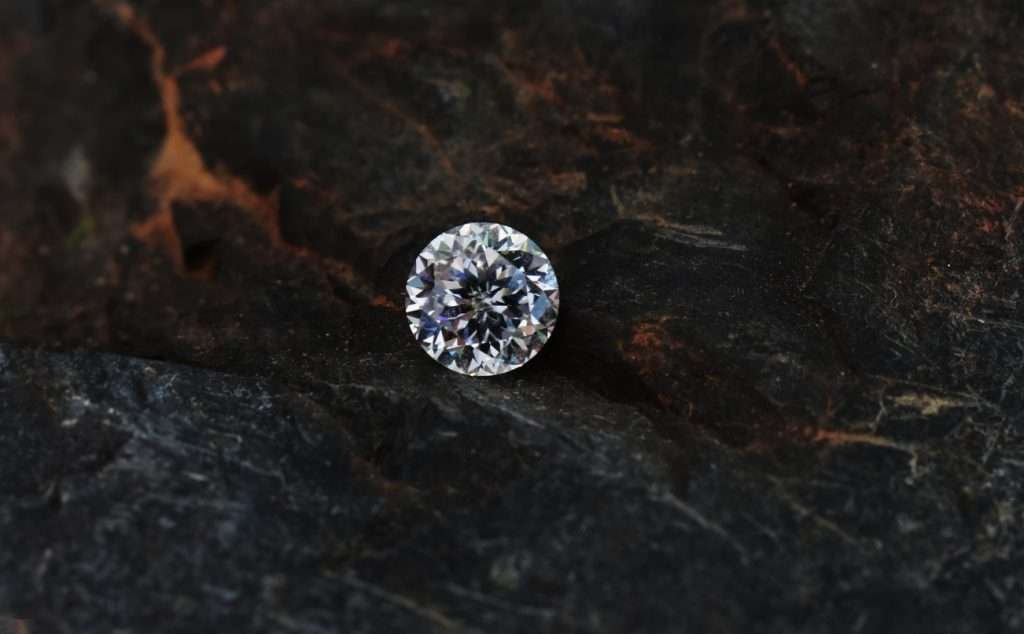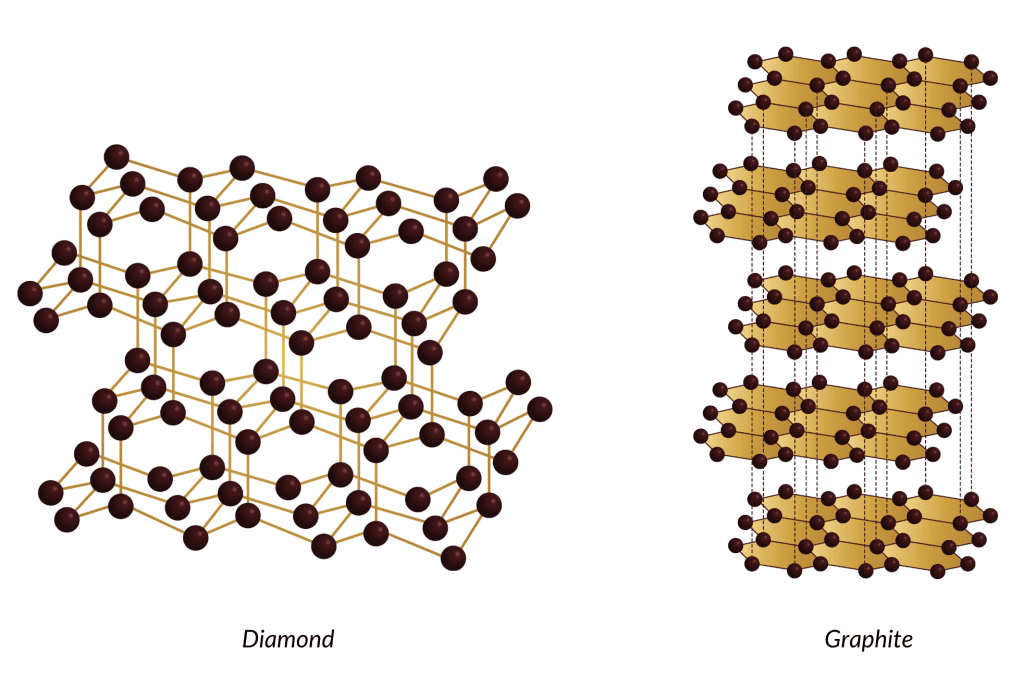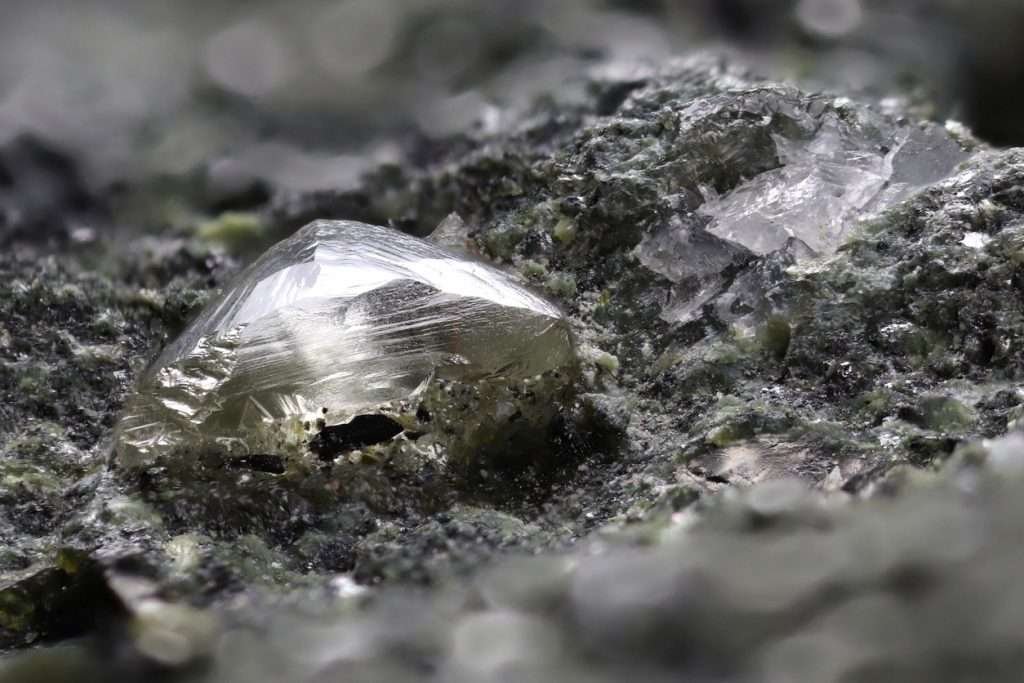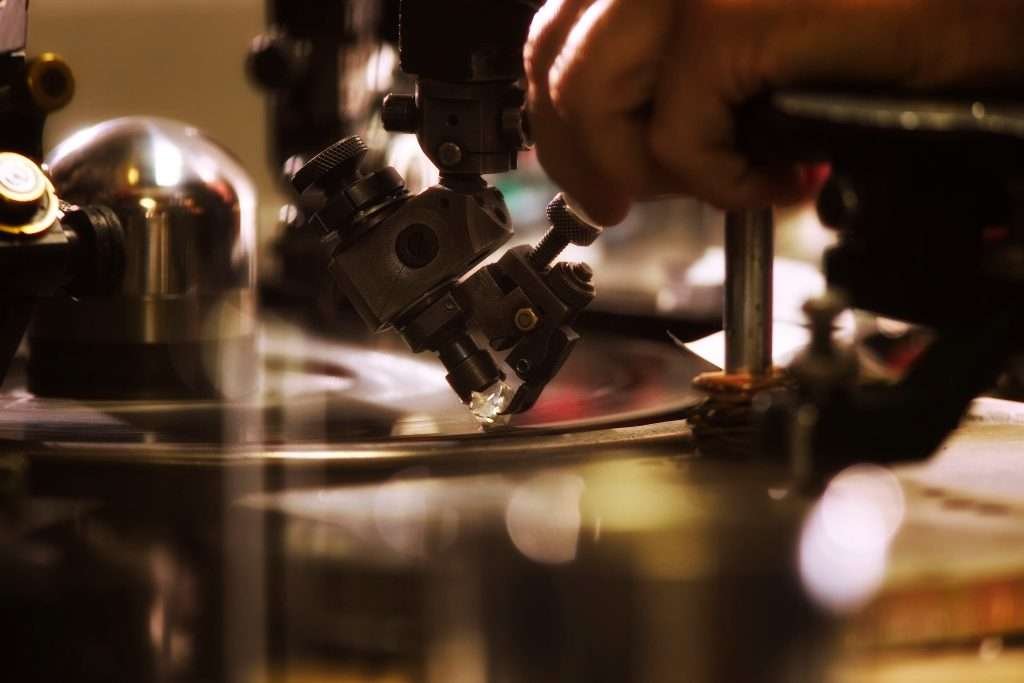How Diamonds are Formed

A timeless classic, diamonds have been a subject of fascination for centuries. These works of art, a testament to nature’s ability, undergo a remarkable transformation as they journey from the Earth’s mantle to showrooms all over the world.
These extraordinary gemstones are formed from a lengthy affair involving many Earthly processes. Along with their beauty, learning about the phenomena by which diamonds are cultivated helps us understand why these stones are held in such high regard.
While there are a few different natural processes that can create diamonds, one process in particular is responsible for the majority of diamonds we see commercially in jewelry today. This process involves diamonds being created deep within the Earth’s mantle over millennia and then being brought towards the surface through volcanic activity.
Diamond Origin: Earth's Inner Workings
For diamonds to form, environments of extreme heat and pressure are needed. These conditions are found within the Earth’s mantle, approximately 90 to 120 miles below Earth’s surface.
Here, temperatures range between 1,650°F to 2,372°F, and pressures can reach 725,000 pounds per square inch. It’s under these conditions where carbon, the raw material for diamonds, can be transformed chemically to have a crystalline structure, changing into diamond form.

It’s in this crystalline structure where carbon atoms bond together into a tetrahedral configuration, which is responsible for the celebrated durability and hardness that diamonds are known for.
In contrast, graphite, which is also made out of carbon, has a layered structure rather than a crystalline one. This shows the importance of atomic arrangement in determining the physical properties of a material. While both diamond and graphite are composed of carbon atoms, the difference in their molecular structures leads to vastly different characteristics.
Heat and compression aside, diamond formation also requires an almost incomprehensible amount of time. Carbon needs to be subjected to conditions of extreme heat and pressure for millions to even billions of years before it’s transformed into diamond form.
Diamond Transit: A Journey Through the Mantle

With diamonds created deep within the Earth’s crust, natural processes of volcanic eruptions are what’s responsible for bringing these gems closer to the Earth’s surface where they can be mined.
This occurs when the same pressure and heat that create diamonds melt rocks, forming magma within the Earth’s crust.
As magma forms, it expands, and the pressure of the Earth’s crust causes it to thrust up to the surface in the process of a volcanic eruption.
During this process, diamonds can get caught within the magma and be transported towards the Earth’s surface. Once the molten rock cools and solidifies, it forms into rocks known as “kimberlite” or “lamproite,” depending on its composition.
Because the magma takes a vertical route to the Earth’s surface, as it cools and forms back into solidified rock, it can create vertical shafts, or ‘pipes,’ from which diamonds can be mined.
To give an idea of how rare diamonds are, it’s estimated that only 1 in 200 kimberlite pipes contain commercially viable diamonds. Furthermore, it takes roughly 200-250 tons of rock to be mined from these pipes to produce 1 carat of diamond.
Geographic Distribution of Diamond Hotspots
Over the years, a few locations across the globe have become noteworthy for harvesting quality diamonds. Below is a list of a few of the world’s most outstanding diamond mines.
- Africa:
Scattered across Africa are numerous diamond mines, renowned and respected for their high diamond concentrations. Such deposits are located in countries such as South Africa, Botswana, and Namibia, with Botswana being particularly noteworthy as one of the globe’s figureheads in quality diamond production. For example, Botswana’s Jwaneng mine is known to have one of the highest concentrations of diamonds. - Russia:
The Yakutia province, situated within the region of Siberia, hosts some of the world’s most substantial diamond deposits. It is significant reserves such as the Mir and Udachnaya mines that make Russia such a respectable competitor in the diamond industry. - Canada:
Highly respected for its ethically and environmentally sound mining practices, Canada is home to several high-quality diamond reserves. In particular, the Northwest Territories host both the Diavik and Ekati mines. It is this ethical conduct combined with the quality of their diamonds that makes stones of Canadian origin highly desirable. - Australia:
Before shutting down its facilities in 2020, Western Australia’s Argyle mine was well known for its rare and alluring pink diamonds. Despite the closure of this mine, Australia’s diamond industry remains stable in its search for new reserves.
The reason why these regions, along with many others, are such renowned diamond reserves is because they provide the geological conditions that diamond formation demands. These are established sites, well deserving of their highly esteemed name, whose operations the global diamond industry relies on.
The Ethics of Diamond Mining
As we’re on the topic of mining diamonds, it’s also important to address the ethical considerations of this practice and industry.
Historically speaking, the process of mining diamonds has been associated with ethical challenges, namely issues that deal with environmental sustainability, fair labor rights, and geopolitical conflicts.
That said, with a drive for global awareness of these issues and a call for greater transparency, in recent decades there has been a significant shift in the diamond industry to adopt more ethical and sustainable mining practices.
At Kim Quang, we only work with diamond dealers who source their stones in an ethical and conflict free way. You can rest assured that any diamond we have on the floor, whether loose or mounted, has been sourced in a manner that upholds our high standards of environmental and social responsibility.
Developing Diamonds: From Raw to Radiant

Once diamonds have been harvested from kimberlite or lamproite pipes near the Earth’s surface, they undergo meticulous processing to take them from their raw, natural state to the showcase-ready forms we all know and love.
Before processing begins, diamonds are first sorted and graded based on size, shape, color, and quality.
When assessing each diamond, expert gemologists will grade according to these attributes to decide their value and usability. They evaluate factors such as carat weight, clarity, and color to categorize the stones.
The next phase in the process is cutting, a crucial step towards a diamond’s finished appearance.
Highly trained diamond cutters analyze a piece of raw stone and use state-of-the-art technology to help them map out how to best cut it in order to showcase its inherent beauty and brilliance, all the while reducing raw material waste.
Put simply, this process ensures that the diamond is cut to have a precise shape with carefully crafted and arranged facets, allowing it to reflect light optimally and enhance its sparkle.
Final Thoughts: Earth’s Pride and Joy
The beautiful diamonds we are fortunate enough to enjoy are evidence of the remarkable geological processes working behind the scenes in our natural world.
Each diamond, from its origin as carbon atoms nestled deep within Earth’s mantle to its final sparkling form, is a true testament to the union between nature and the genius of man.
As we understand the journey diamonds take to go from raw to refined, our appreciation for them deepens.
Where a diamond’s journey ends at its final form, your journey begins. Whether you’re looking to purchase a new diamond piece or a loose stone, our team at Kim Quang is here to help you along every step of the way.
With a GIA graduate on-site, we can help you navigate the world of diamonds so that you can make an informed choice on your next purchase. Stop by our showroom or give us a call, and experience the world-class service that’s made us San Diego’s preferred jeweler for over 40 years.



